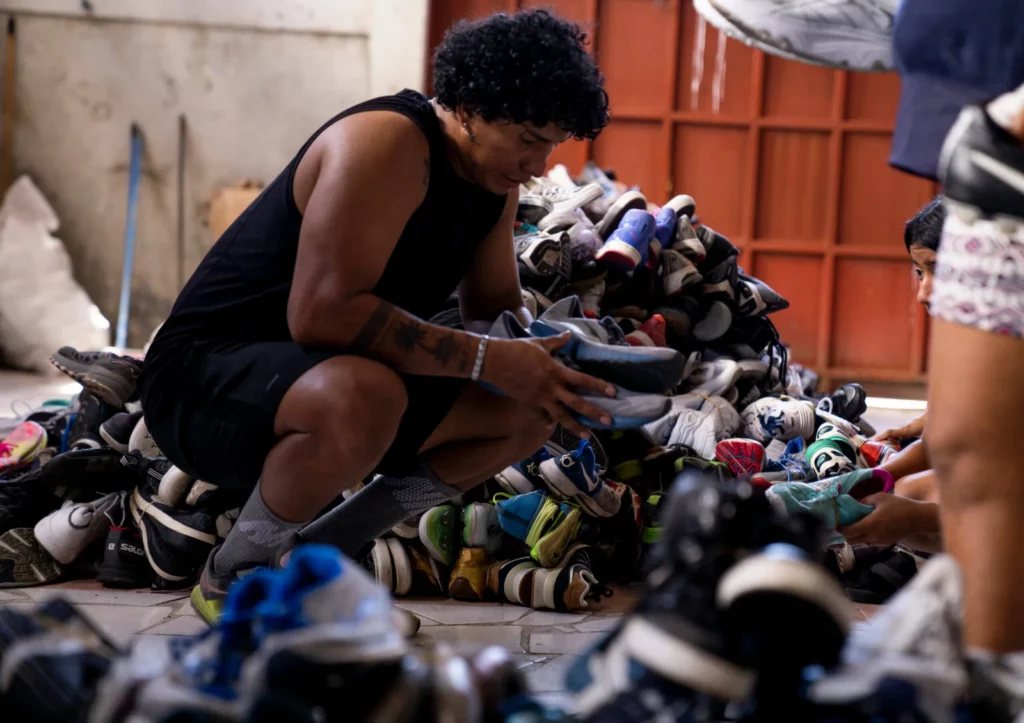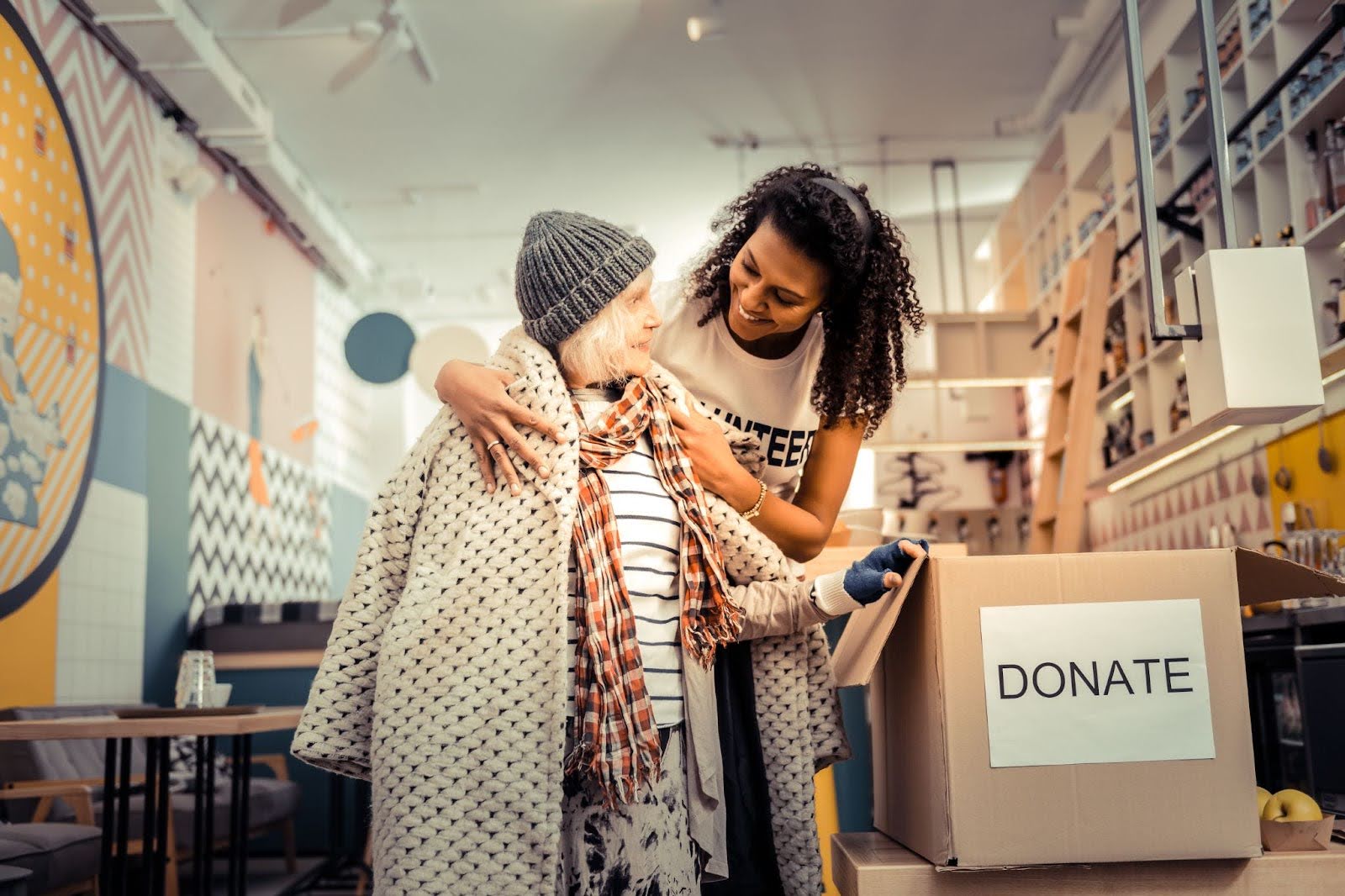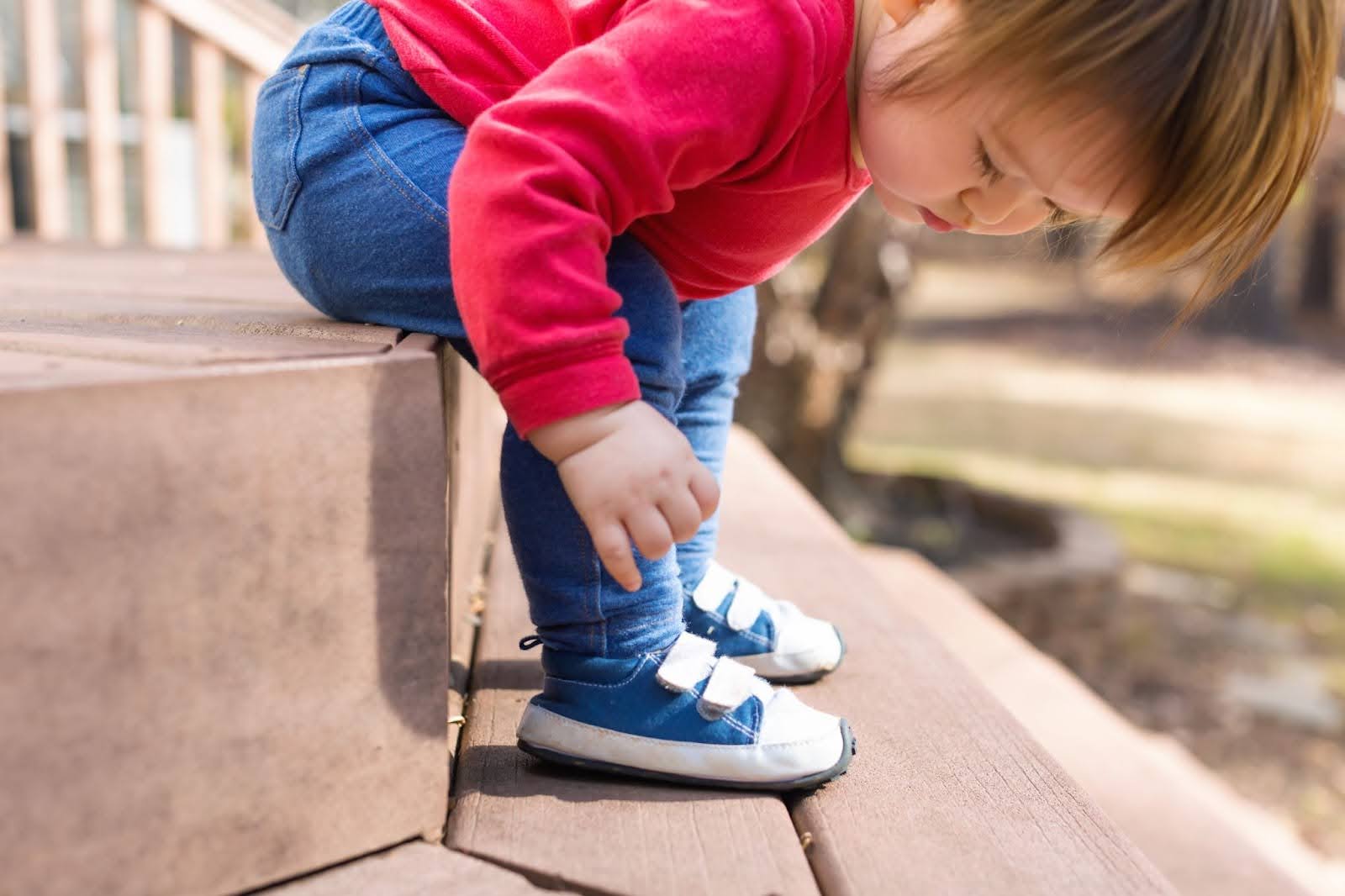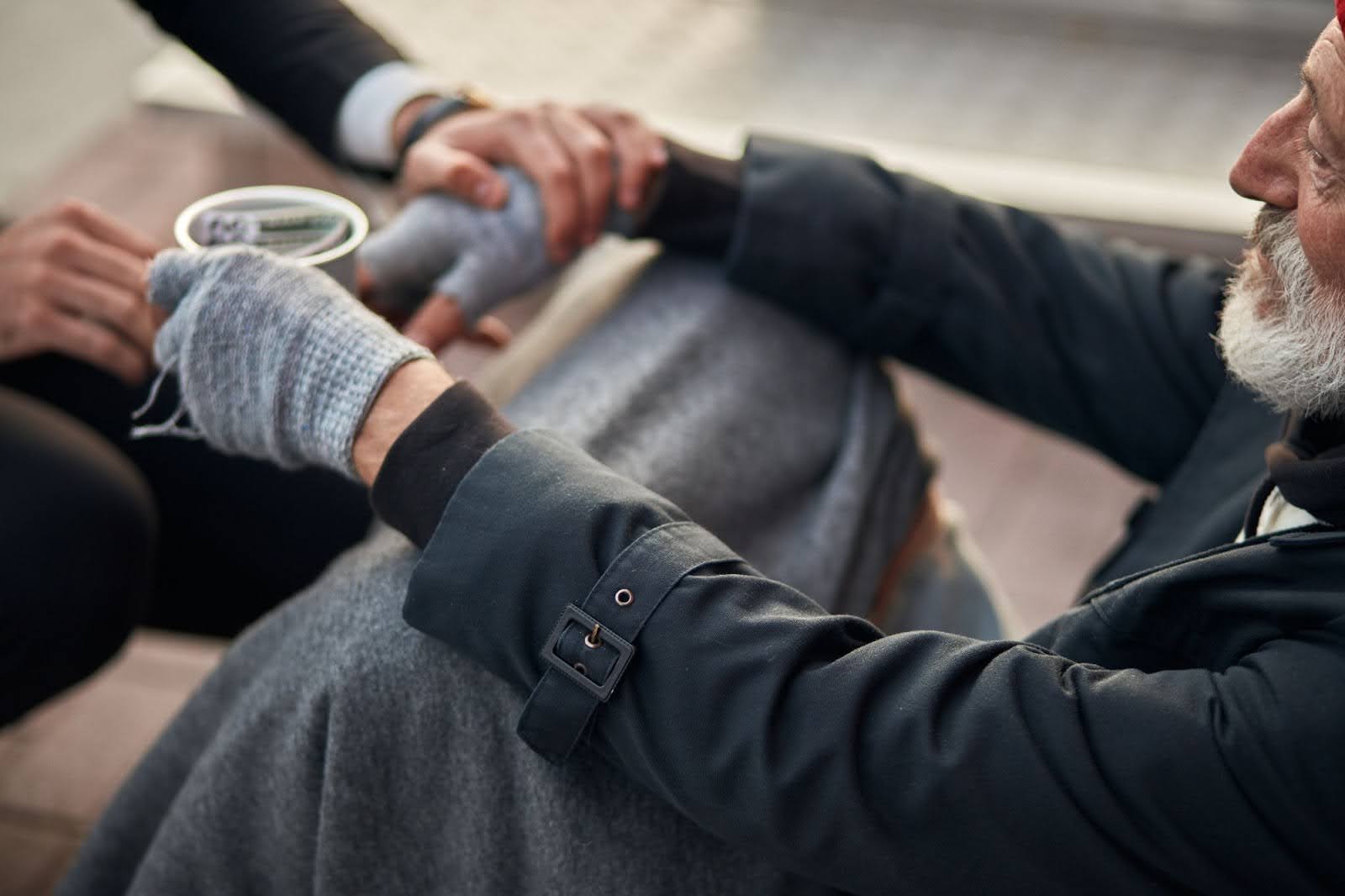4Opportunity
From Landfill to Lifeline: Donating your Returned Fashion Products can Positively Impact People and the Planet
From cut-price clothes to next-day deliveries, the crowded, ultra-competitive fashion industry has led retailers to seek out a USP at every stage of the customer journey. And until recently, a key differentiator between brands was how quickly and easily they facilitated product returns.
Resealable packaging, pre-printed labels, a generous choice of drop-off points, and speedily paid refunds: these features all contribute to customer convenience, allowing shoppers to freely buy and return apparel. But they have also normalised a widespread ‘return culture’ among consumers, with the associated financial and environmental costs mounting.
Fashion items are the most commonly returned items in the UK. Clothing (27%), shoes (15%) and bags and accessories (14%) make up more than half of all returns. Meanwhile, almost a quarter (23%) of transactions involve the purchase of multiple product sizes, with an intent to return the ones that don’t fit.
What customers often don’t realise, however, is that just half of all returned products go back into a store’s inventory for resale. If the clothes or garments show any sign of use, retailers often return them to their manufacturer or resell them at a fraction of the original price. Selling these products to discounters or liquidators can damage brand image – but it’s not nearly as damaging as the alternative. As the United Nations says, fashion is “an environmental and social emergency for the planet.”
The environmental impact of fashion and returns
The retailer expense of processing a product return – from postage to repackaging – averages at around £27. If this outlay outweighs the original retail price of the item, businesses often decide to simply dump it in landfill. The cost to the retailer is reduced – but the cost to the planet is critical.
The Ellen MacArthur Foundation reports that one truckload of clothing is sent to a landfill or burned every second. In 2022, around 23 million returned garments were sent to landfill or incinerated by UK retailers, working out at roughly 7 kg of fashion waste per UK citizen. These returns generated approximately 750,000 tonnes of CO2 emissions – the equivalent of around 98,000 homes’ energy use over an entire year.
The fashion industry is now “estimated to be responsible for 10% of global carbon emissions – more than international flights and maritime shipping combined,” according to the EU. As the textile waste challenge grows increasingly severe, it’s no surprise, then, that countries and lawmakers are taking action.
The laws are tightening around textile waste
From January 2025, the EU’s updated Waste Framework Directive will extend producer responsibility schemes for textiles sold on the EU market, helping to support the circular economy and reduce waste. The directive already mandates the separate collection of textiles for re-use, preparation for re-use and recycling. And though the UK is no longer an EU member, it adopted the first part of the directive into law in 2020 and UK brands selling into the EU may need to comply with its stricter rules.
Meanwhile, the UK is introducing more stringent regulations of its own. The government is currently reviewing two new International Sustainability Standards Board (ISSB) standards, requiring companies to disclose sustainability-related financial information and publish climate-related disclosures, with a view to ratification.
The UK’s Competition & Markets Authority (CMA) has also released guidance to ensure that environmental claims by fashion brands are clear, accurate, and substantiated, with non-compliance risking fines of up to 10% of global turnover. And the government’s proposed Waste Prevention Programme aims to increase product use, divert products and materials from residual waste, and stimulate a profitable textile recycling industry.
With strict new rules on the horizon for clothing and shoes manufacturers and retailers, it’s important to adapt now to make sure you’re safely compliant and unlikely to fall foul of repercussions. So, how can you get started?
Give your returns a second life – and people in need a second chance
The first step towards compliance is a changing of mindsets. Instead of viewing returned and unsold products as unwanted items, brands can regard them as untapped opportunities to prove their ESG credentials to employees and customers by meeting the new rules.
To help curb the costs of processing returns and encourage shoppers to be more selective with their purchases, leading UK retailers like H&M, Boohoo, New Look and Uniqlo now charge for online returns (unless they are brought back to a store in person). But as a certain volume of returns remains inevitable, there is a more cost-effective, environmentally friendly and socially impactful alternative.
Soles4Souls is a non-profit that turns shoes and clothing into educational and economic opportunities. Under its 4Relief programme, Soles4Souls receives donations of new, unsold shoes and clothing from corporate partners, manufacturers and retailers, and individuals.
Together with 1,900+ global partners, Soles4Souls then distributes these new shoes and clothing to people experiencing economic hardship – either chronically or because of a crisis – freeing up financial resources they can put toward other needs.
Meanwhile, donations of gently used, excess or returned shoes and clothing support Soles4Souls’s 4Opportunity programme. Here, Soles4Souls ships donations to vetted organisations in low-income countries that purchase the shoes and clothing for a nominal fee. Then, they sell the inventory to entrepreneurs and thrift stores at a modest markup, who resell it to earn a sufficient income and give people in their community access to affordable shoes and clothing.
This programme has 3 main advantages:
- Soles4Souls partners with local organisations in low-income countries that train people in their community to start businesses. This generates economic opportunities and enables individuals to provide basic needs such as food, shelter and education for their families.
- Selling to Soles4Souls’s international partners ensures they are treated as equal business associates, who can negotiate prices and product intakes and help to limit the amount of waste in the local communities.
- As a nonprofit, the money made by Soles4Souls is redistributed into its operational costs to fund its other programmes.
Soles4Souls’s programmes help even more people get access to education and employment, so they’re less likely to be trapped in poverty. And for fashion brands, they provide measurable, tangible opportunities to use unwanted stock to make a positive difference to people and the planet – satisfying new textile waste laws, boosting customer and employee engagement, and securing an improved brand image.
To learn more about partnering with Soles4Souls, please contact masjav@soles4souls.org today.
CircularEconomy, CorporateResponsibility, SustainableFashion, TextileRecycling, WasteReduction



